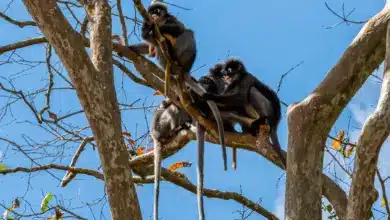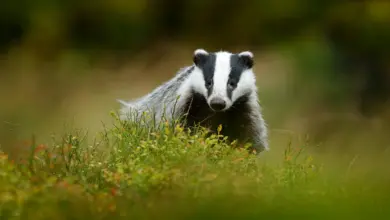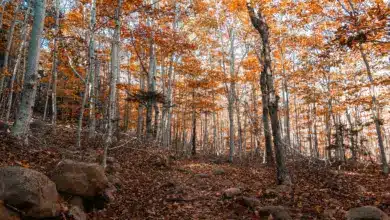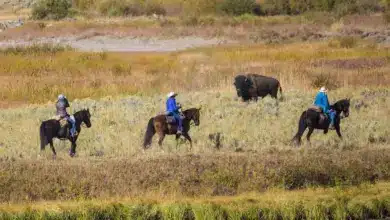In the Book of Genesis, Adam names all the birds and animals in Eden. However, if the biblical “first man” had lived in a jungle, or rainforest, instead, he would probably still be hard at work making his list of jungle animals. That’s because the millions of species of jungle plants and animals comprise about half of all life on earth—so many different species of insects, spiders, amphibians, reptiles, birds, mollusks, and mammals that scientists tell us only a fraction have yet been discovered. Of all the kinds of jungle animals, insects, in particular, are more likely than not to still be waiting for their naming by one of Adam’s descendants: While one million insect species currently are known to man, biologists say another 5 to 30 million may be awaiting discovery and description—and most of them live in the jungle.
[ez-toc]
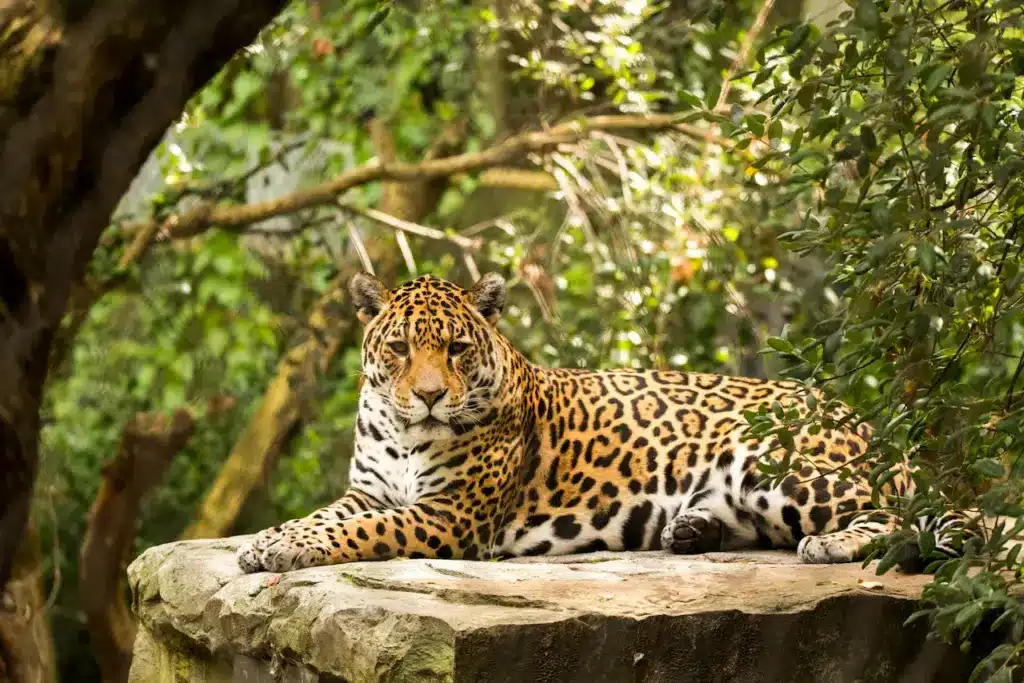
So, with jungles, or rain forests, comprising only about 6 percent of the earth’s surface, how is it that they can contain so much life, compared with everywhere else? Part of the answer has to do with climate: Jungles are warm and wet, providing an ideal year-round environment for plant growth as well as for the activities of cold-blooded animals. But the other part has to do with fact that jungle habitat is not confined to the land area, in square kilometers, that is covered by rain forests; the complex, multi-dimensional structure of a rain forest provides jungle animals with abundant vertical “real estate” that allows them to expand their territories into the sky.
The world over, no rain forest can be a rain forest without its dense cloak of tall trees. The trees hold in moisture, and shade the jungle floor. In addition, myriad jungle animals inhabit every part of the trees, from the mud around their roots to the highest leaves that touch the clouds.
The jungle’s treetops, often pushing as much as 60 meters (200 feet) into the sky, are known collectively as the “emergent layer.” Birds, butterflies, and other insects are constantly moving from this emergent layer into the dense layer of leaves just below that biologists refer to as the “canopy.” The canopy may be the richest level in the entire jungle, with its incredible abundance of fruits, seeds, bird life, insects, mammals such as bats, monkeys, and other primates, frogs, and many species of snakes and other reptiles.
Below the canopy is the rain forest’s understory, made up of the tops of smaller trees, and, finally, the forest floor, which is also covered with vegetation and bisected by streams, rivers, and swamps.
Every part of the rich and varied rainforest environment is filled with jungle animals.
